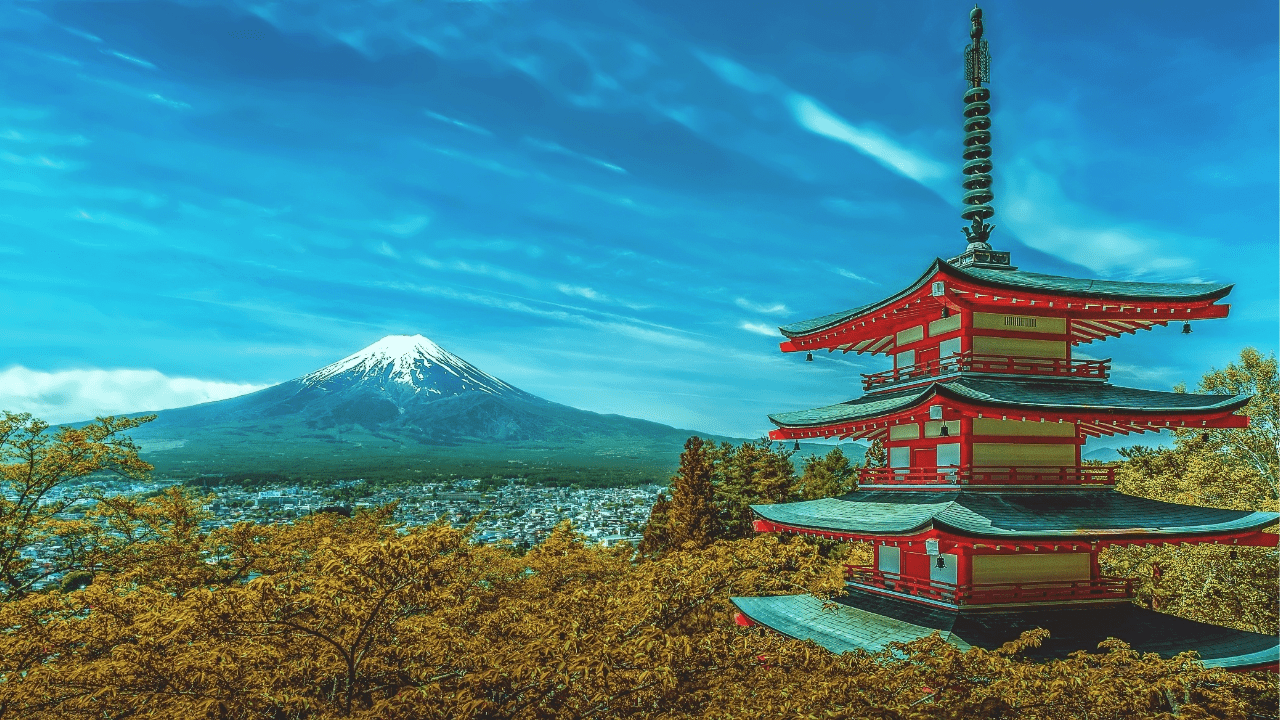In recent years, Japan’s cultural footprint in India has grown from a niche fascination to a widespread phenomenon. What started with a few fans watching anime in isolation has blossomed into a nationwide appreciation for Japanese art, food, language, and even education. From bustling anime clubs to rising student enrollments in Tokyo universities, Japan’s cultural wave is making its presence felt in every corner of the country.
From Jaipur to Kyoto: Anime Inspires A New Generation
The spark that lit the fire for many young Indians was anime. In 2019, Jaipur-based teenager Divishth Pancholi launched a petition to bring Makoto Shinkai’s celebrated anime film Weathering With You to Indian cinemas. The campaign, which unexpectedly drew over 50,000 signatures, not only succeeded but also marked a turning point for anime fandom in India. Today, Pancholi is on his way to Kyoto University of the Arts to research traditional Indian art through a Japanese lens.
Anime has since become mainstream, thanks to platforms like Crunchyroll, which reports India as one of its fastest-growing markets. With dubbed content in Hindi, Tamil, and Telugu, anime is no longer a subculture—it’s entertainment for the masses.
From Otaku Clubs to Culinary Trends
India’s deepening interest in Japan isn’t limited to the screen. Across cities like Bengaluru, Delhi, and Kolkata, anime clubs are hosting events, meetups, and cultural exchanges that are helping foster grassroots connections. Communities such as the Otaku Guild in Kolkata have been crucial in building spaces where fans can gather, bond, and share their love for Japanese storytelling.
Parallelly, Japanese cuisine is also taking center stage. Sushi, ramen, and matcha-based desserts are no longer rare finds but staples on restaurant menus. Restaurants like Otoki in Mumbai are making authenticity a priority while adapting to local tastes with spicier flavors and fusion innovations. The popularity of sake and Japanese whisky has also surged, with imports tripling over the past five years.
Tourism Blossoms With Sakura Season and Spiritual Escapes
India’s growing love for Japanese culture is now translating into tourism. Over 233,000 Indians visited Japan in 2024 alone—a 40% increase from the previous year. Springtime cherry blossom tours, traditional tea ceremonies, and temple stays in Kyoto are drawing travelers seeking meaningful and mindful experiences. Experts from travel firms like SOTC and Thomas Cook note a shift: Indian tourists are moving beyond checklists to deeper cultural immersion.
Autumn foliage, hot spring retreats in the Japanese Alps, and culinary trails in cities like Osaka and Fukuoka are further expanding Japan’s appeal as a year-round destination. Direct flights, simplified visas, and favorable currency exchange rates have only added to the momentum.
Education Exchange: Rising Enrollments and Career Aspirations
Japan is also becoming a serious academic destination. Indian students are increasingly enrolling in engineering, business, and technology programs offered in English across Japanese universities. Currently, over 1,500 Indian students are studying in Japan, a number that’s steadily rising.
For many, like Delhi-based Manish Nair, who is studying at the American University in Tokyo, the journey began with anime. Now, it’s about tapping into Japan’s innovation-driven economy and high-quality education. As Japan faces an aging population, opportunities for skilled Indian professionals in fields like IT, healthcare, and robotics are expanding.
Language, Learning, and Long-Term Engagement
Japanese language learning is seeing a quiet revolution in India. The number of learners has increased from around 11,000 in 2006 to over 36,000 by 2021, with expectations to cross 50,000 soon. Institutes like the Japan Foundation are actively working to deepen this connection by offering language programs, scholarships, and cultural initiatives.
Koji Sato, Director-General of the Japan Foundation in New Delhi, believes the change is more than just a trend—it’s a transformation. “Two decades ago, there was hardly any interest in Japanese films or education. Today, there’s a nationwide wave of appreciation for Japanese pop culture, and we’re only seeing the beginning.”
A Cultural Convergence, Not Competition
While comparisons with the Korean Wave are inevitable, cultural experts and diplomats believe Japan is carving its own unique path in India. Rather than competing, there’s a vision of collaboration—platforms where Indians can enjoy both Korean and Japanese content side by side.
As India embraces the East in more ways than one, the cultural corridor between Japan and India is only expected to grow stronger—from the canvas of animation to the serenity of a Kyoto shrine, from sushi platters in Mumbai to classrooms in Tokyo.



